Q
What's the Brand of Proton S70's Tire?
The brands of the Proton S70's tires vary depending on the vehicle configuration. The high - end Premium and Flagship versions are generally equipped with Goodyear Eagle F1 Asymmetric 3 high - performance tire, with a specification of 215/50 R17,which is renowned for its excellent grip and wet - road performance, making it suitable for users who pursue a sense of driving control.
On the other hand, the entry - level Executive version adopts Giti GitiComfort 228 tire, with a specification of 205/55 R16, which focuses more on comfort and fuel economy, meeting the needs of daily commuting.
When replacing tires, car owners can refer to the original factory's recommended brands and specifications. They can also choose other tires of the same class from different brands according to their personal driving habits, such as Michelin, Continental, or Bridgestone. However, it is necessary to ensure that the size and load index meet the safety standards to maintain the best driving performance.
Special Disclaimer: This content is published by users and does not represent the views or position of PCauto.
Related Q&A
Q
Is the Proton S70 fuel consumption?
As the latest four - door sedan launched by the Proton brand, the Proton S70's fuel economy performance meets the mainstream level of Class B sedans. The official combined fuel consumption data is 6.0 - 6.4 liters per 100 kilometers (the specific figure varies depending on the driving mode and road conditions). This result is quite reasonable for the power combination of a 1.5 - liter turbocharged engine and a 7 - speed dual - clutch transmission.
The actual fuel consumption is affected by driving habits. For example, it may rise to 7.5 - 8.0 liters in congested urban areas in Kuala Lumpur, while it can drop to around 5.5 liters during high - speed cruising. It is recommended that car owners optimize fuel consumption through regular maintenance (especially replacing the air filter and spark plugs), maintaining a reasonable tire pressure (210 - 230 kPa), and avoiding rapid acceleration.
It's worth noting that the fuel consumption data of competing models in the same class, such as the Honda City and Toyota Vios, also fall within a similar range. This reflects that the current small - displacement turbocharging technology has become the mainstream solution for balancing power and fuel consumption. For users who often drive long - distance, the S70's 40 - liter fuel tank, combined with this fuel - consumption level, can provide a cruising range of approximately 600 kilometers, which can fully meet the inter - city commuting needs on the Malay Peninsula.
Q
Does the Proton S70 have a sunroof?
The current model configurations of the Proton S70 do not come with a sunroof. This car focuses more on performance in terms of power, intelligent technology, and practicality. For example, it is equipped with a 1.5T turbocharged engine and a wide range of driving assistance systems. For Malaysian consumers, while a sunroof can enhance interior lighting and create a more open - feeling cabin, it may also increase the interior temperature in the tropical climate. That's why many local models prioritize optimizing air - conditioning efficiency and heat insulation performance.
If you particularly value the sunroof configuration, you can consider some high - end versions of other models in the same class, such as the Honda City or the Toyota Corolla Altis. However, you need to be aware of the maintenance costs of the sunroof and the potential rattling issues that may occur over long - term use.
The Proton S70 is more positioned towards family practicality and cost - effectiveness. Its standard - equipped LED headlights, digital dashboard, and Advanced Safety Assist system can already meet the daily needs of most users. It is recommended that you weigh the priority of configurations based on your actual usage scenarios.
Q
How heavy is the Proton S70?
The weight of the Proton S70 is approximately between 1,300 and 1,400 kilograms, specifically depending on the vehicle configuration and powertrain. As a four - door sedan under Proton, this car adopts a lightweight design and an efficient powertrain, ensuring good fuel economy and driving performance. For Malaysian consumers, the Proton S70 has a moderate weight. It not only guarantees stability during high - speed driving but also doesn't significantly increase fuel consumption, making it highly suitable for daily commuting and long - distance driving.
Moreover, the vehicle weight also has a certain impact on the suspension system and braking performance. The Proton S70 has been carefully tuned in this regard, offering a comfortable driving and riding experience and reliable braking effects.
If you're interested in more details of the Proton S70, such as engine performance or safety features, you can further learn about its 1.5 - liter turbocharged engine and a wealth of advanced safety technologies, which are the highlights of this model.
Q
How many cylinders in the S70?
As a classic model from the late 1990s to the early 2000s, the Volvo S70's engine configurations vary depending on the market and version. The most common one is the inline 5-cylinder engine (that is, 5 cylinders), such as the 2.4-liter or 2.5-liter turbocharged versions. This engine is well - known for its smoothness and durability, which is suitable for Malaysia's diverse road conditions. For Malaysian users, the inline 5-cylinder layout strikes a balance between power output and fuel economy. Meanwhile, Volvo's engine technology also emphasizes safety and environmental protection standards, meeting the local people's trust in European cars. If you're considering a used S70, it's recommended to check the engine maintenance records because the number of cylinders directly affects the complexity of repairs and the supply of spare parts. Special attention should be paid to the maintenance of the cooling system and ignition coils in Malaysia's humid climate. In addition, modern Volvo models generally use 4-cylinder engines or hybrid power, but the 5-cylinder design of the S70 remains a unique symbol in the hearts of car enthusiasts. Its sound and power characteristics were quite distinctive among cars of the same class back then.
Q
Is the Proton S70 Heavier Than the X50?
The weight of the Proton S70 is approximately between 1,325 kg and 1,345 kg, depending on different versions. Meanwhile, the Proton X50 weighs between 1,300 kg and 1,330 kg. There isn't a significant difference in weight between the two, but as a three - box sedan, the S70's body structure focuses more on high - speed stability, so it's slightly heavier. In contrast, as a compact SUV, the X50's body design leans more towards flexibility and passability, and its weight distribution is also different.
In the Malaysian market, both models adopt Proton's latest technological platforms. The S70 is built on the BMA platform, while the X50 shares the platform with the Geely Binyue. Both cars have done well in lightweight design, ensuring body rigidity while also taking fuel economy into account.
For consumers, when making a choice, besides the weight, they can also consider space requirements, driving habits, and usage scenarios. For example, the S70 is more suitable for long - distance driving, while the X50 is better for urban commuting and occasional light off - road driving. Both cars demonstrate Proton's advantages in local production and tuning, and can well adapt to the road conditions and climate in Malaysia.
Q
How many seats does the Proton S70 have?
The Proton S70 is a five-seater sedan with a standard four-door, three-box design, offering Malaysian consumers a comfortable seating space and a practical family car experience. As the latest model under the Proton brand, the S70 focuses on ergonomics in its seat design. The front seats provide excellent support, while the rear seats balance legroom and seating comfort, making it suitable for long-distance travel or daily commuting. The trunk of this car also has a relatively large capacity, which can meet the storage needs of family trips.
The Proton S70 is equipped with a 1.5-liter turbocharged engine, delivering a well-balanced performance. Meanwhile, it comes with a rich array of technological features, such as an advanced infotainment system and driving assistance functions, further enhancing driving convenience and safety.
For Malaysian consumers, the Proton S70 is an outstanding choice in terms of cost-effectiveness, especially for family users who value practicality and comfort. Its localized design and manufacturing also ensure the convenience of after-sales service.
Q
How much torque does a Proton S70 have?
As the latest sedan model of the Proton brand, the Proton S70 is equipped with a 1.5-liter turbocharged four-cylinder engine. Its maximum torque output reaches 226 Nm and is continuously delivered within a wide speed range of 1,500 to 4,000 rpm. This tuning is particularly suitable for the common scenarios of urban congestion and highway overtaking in Malaysia. This torque data stands out among 1.5T models in the same class. Paired with a simulated 7-speed CVT transmission, it can balance smoothness and fuel economy.
It's worth noting that the low-speed and high-torque characteristics of the turbocharged engine give the S70 an edge when starting and climbing hills. The width of the torque peak platform also means that you don't need to downshift frequently to get sufficient power in daily driving. For Malaysian consumers, this kind of power configuration can not only meet the needs of family cars but also provide enough driving confidence during occasional long-distance trips. At the same time, it meets the local market's emphasis on fuel efficiency.
If you want to further understand the impact of torque on the driving experience, you can observe the vehicle's performance on mountain roads such as Genting Highlands. Ample torque can significantly reduce the power loss when climbing hills.
Q
Is the Proton S70 turbo?
Yes, the Proton S70 is equipped with a 1.5-liter turbocharged engine. This engine can deliver 150 horsepower and 226 Nm of torque. Paired with a 7-speed dual-clutch transmission, it offers decent power performance and fuel economy. As a four-door sedan under the brand, the Proton S70 inherits the technological and design advancements of Proton in recent years, especially in the powertrain. The application of turbocharging technology makes it more competitive among models in the same class. The advantage of the turbocharged engine lies in its ability to provide stronger torque at low speeds, which is suitable for the frequent stop-and-go traffic conditions in Malaysian cities. Meanwhile, it can also maintain good power reserve during high-speed driving. For consumers who focus on power performance, the turbocharged engine of the Proton S70 is a worthy option to consider. Moreover, Proton's local service network can also provide convenient after-sales support for car owners. If you're interested in turbocharging technology, you can also learn about its working principle and the precautions for daily maintenance to ensure the vehicle stays in good condition for a long time.
Q
Is the Proton S70 a hybrid?
The Proton S70 isn't a hybrid model. It's a traditional four-door sedan powered by fuel. It's equipped with a 1.5-liter turbocharged gasoline engine and paired with a CVT transmission. It belongs to the new sedan models under the Proton brand. At present, Proton's hybrid technology is mainly applied to SUV models like the X90, which uses a 48V mild-hybrid electric vehicle (MHEV) system. As a sedan focusing on economy, practicality and sporty design, the S70 still relies on fuel power.
For Malaysian consumers, if they're considering fuel-saving and eco-friendly options, they can keep an eye on Proton's potential new-energy models in the future, such as the rumored all-electric Persona or Iriz. However, at this stage, the S70 is more suitable for users who pursue power performance and cost-effectiveness.
Hybrid technology is gradually becoming popular in the Malaysian market. Japanese models like the Toyota Corolla Cross Hybrid or the Honda City RS e:HEV also offer more choices. Nevertheless, the advantage of the Proton S70 lies in the high cost-effectiveness of parts and the convenience of after-sales service of this local brand. It's suitable for family users with limited budgets who need large space and rich configurations.
Q
What is the horsepower of Proton S70?
The Proton S70 is equipped with a 1.5-liter turbocharged four-cylinder engine, which delivers a maximum horsepower of 150 and a peak torque of 226 Nm. It's paired with a 7-speed dual-clutch transmission, and its power performance is more than enough to meet the needs of daily driving and highway cruising. This engine adopts direct injection technology, which not only improves fuel efficiency but also optimizes power output. It's well-suited to Malaysia's diverse driving environments and can handle both city commuting and long-distance trips.
As an important model under the brand, the Proton S70 showcases Proton's technical expertise in powertrain systems. Moreover, its suspension setup strikes a good balance between comfort and handling, making it suitable for local road conditions.
For readers who want to learn more about automotive knowledge, they can focus on the advantages of turbocharging technology. For instance, it can provide ample torque at low engine speeds, making it easier for the vehicle to start and overtake. Meanwhile, the dual-clutch transmission enables quick gear changes, enhancing driving pleasure and fuel economy.
These features of the Proton S70 make it a highly competitive option in its class, especially for Malaysian consumers who value cost-effectiveness and practicality.
Latest Q&A
Q
How much is a new Toyota Yaris 2025?
The all-new 2025 Toyota Yaris is expected to hit Malaysian showrooms with a price tag ranging from RM 70,000 to RM 90,000, though the final figure will depend on the trim level and any optional extras you tick. The base model will likely stick with the tried-and-tested 1.5L naturally aspirated engine paired with a CVT gearbox, while higher-spec variants should come loaded with more safety tech, including the Toyota Safety Sense suite – think pre-collision warning and lane-keeping assist, for starters.
In the local B-segment hatchback scene, the Yaris has always been a hit thanks to its fuel efficiency, reliability, and nimble handling. What sets it apart from rivals like the Honda City Hatchback or Nissan Almera? A sportier exterior design that gives it a bit more attitude.
But hey, don’t forget to factor in extra costs like road tax, insurance, and registration fees when budgeting – those can add up. Your best bet? Swing by an authorized Toyota dealer to check out the latest promos. Toyota Malaysia often runs deals like low-interest financing or free service packages, which are definitely worth asking about.
Oh, and keep an eye out for the 2025 model’s upgraded infotainment system – rumor has it wireless Apple CarPlay and Android Auto might finally make the cut, making your daily drive that much more convenient.
Q
How much horsepower does a 2025 Toyota Yaris have?
Toyota hasn't officially spilled the beans on the exact horsepower figures for the 2025 Yaris in Malaysia just yet. But if we take a peek at the current model's powertrain setup, it's a safe bet we'll still see the 1.5-liter four-cylinder naturally aspirated engine making a return. We're probably looking at around 106 to 110 horsepower, paired with that trusty CVT gearbox – perfect for zipping around the city and keeping fuel costs in check.
Now, if they decide to bring in the GR Sport performance trim, that's where things could get interesting. Word on the street is it might pack a punch with a 1.6-liter turbocharged engine, potentially cranking out over 200 horsepower. But hey, don't hold me to that until Toyota Malaysia makes it official, right?
Here's the thing though – horsepower isn't the be-all and end-all when it comes to a car's performance. Torque delivery, how light the body is (thanks to the TNGA platform the Yaris uses), and how efficient the transmission is all play a huge role too.
So, for Malaysian buyers, it really boils down to what you need. If you're mostly using it for daily commuting, the standard Yaris with its focus on fuel efficiency is going to be the practical choice. But if you crave a bit more driving excitement, keep an eye out for any news on that sportier variant they might bring in later.
Also, let's not forget Malaysia's hot and humid climate, which can really test an engine's cooling system and a gearbox's durability. Regular maintenance is key to keeping that powertrain running in tip-top shape.
Q
What kind of engine is in the Toyota Yaris GR 2025?
Under the hood of the 2025 Toyota Yaris GR lies a 1.6-liter three-cylinder turbocharged engine, a powerplant renowned for its impressive output and efficiency. Cranking out a solid 257 horsepower and a healthy 360 Nm of torque, it pairs with a slick 6-speed manual gearbox or an optional automatic, delivering a genuinely engaging driving experience that enthusiasts crave.
This engine isn't just about raw power, though. It's packed with advanced turbocharging tech and direct injection, which not only boosts performance but also keeps fuel economy in check – a real plus for Malaysia's diverse driving conditions. Whether you're navigating busy city streets during the daily commute or carving up twisty mountain roads on the weekends, this little hot hatch handles it all with confidence.
And let's not forget the GR-Four all-wheel-drive system. It's a game-changer, significantly upping the car's grip and stability, especially when the rain starts to pour and the roads get slippery. For Malaysian petrolheads, the Yaris GR isn't just another peppy hatchback; it's a labor of love from Toyota's Gazoo Racing division, a testament to the brand's deep-seated expertise in crafting thrilling, sporty machines.
Sure, there are other players in the hot hatch segment, each with its own set of strengths. But if you're after a package that balances performance, everyday usability, and Toyota's legendary reliability, the Yaris GR is definitely one that should be high on your shortlist.
Q
Does the 2025 BMW X3 require premium gas?
The 2025 BMW X3 is officially recommended to use RON 95 or higher gasoline in the Malaysian market. However, for optimal performance, it's advisable to go with RON 97 or higher premium fuel. Why? Because high-octane gasoline better suits the high compression ratio design of its turbocharged engine, reducing the risk of knocking and optimizing power delivery.
In Malaysia, gasoline grades are RON 95 and RON 97, with RON 97 being the premium option. While it does cost a bit more at the pump, it offers better combustion efficiency. Sticking with it long-term can help minimize carbon buildup and potentially extend the engine's lifespan.
Now, here's the thing: if you have to temporarily fill up with RON 95, it won't immediately damage the engine. Modern cars, including this Bimmer, are equipped with knock sensors that can automatically adjust ignition timing. But, consistently using lower-octane fuel might lead to reduced performance and increased fuel consumption over time.
For a brand like BMW, which prides itself on driving dynamics, following the manufacturer's fuel recommendations is key to keeping the vehicle performing at its peak. The good news is, RON 97 is widely available at most Malaysian petrol stations, so owners shouldn't have any trouble finding it when they need to refuel.
Q
What colors are the BMW 3 Series 2025?
The 2025 BMW 3 Series has entered the Malaysian market with a solid color palette to suit different tastes. There are timeless classic colors: Black Sapphire metallic, Alpine White solid, and Brooklyn Grey metallic. For those wanting a bit more flair, there's the eye-catching Arctic Race Blue metallic. And if you're really looking to stand out, keep an eye out for potential special finishes like matte or exclusive metallic options, BMW usually has something extra for those who want to personalize their ride.
Now, when picking your 3 Series hue here in Malaysia, personal preference obviously leads the way, but our local climate is worth a thought too. Lighter shades tend to be more practical in the heat – they are less likely to show dust and help reflect some of that harsh sunlight, which can make a difference when you step into a parked car. Darker colors, though, exude that classic, premium dignified and luxurious vibe that BMW does so well.
One thing BMW doesn't skimp on is paint quality. They use high-tech stuff like multi-layer application and nano-coatings. It's not just about making the car look stunning – these paints are tough, too. Expect good scratch resistance and corrosion protection, which is pretty handy given our frequent rain and humid conditions.
If you're still on the fence about which color to go for, it's advisable to head down to your local authorized BMW dealership. Checking out the actual color swatches or, even better, seeing the colors on a real car under different lighting is the way to go. Trust me, colors can look surprisingly different in the showroom versus outside in the sun.
View MoreRelated News

The fifth-generation Geely Emgrand car photos released, with upgrades in body size and power system
WilliamSep 16, 2025
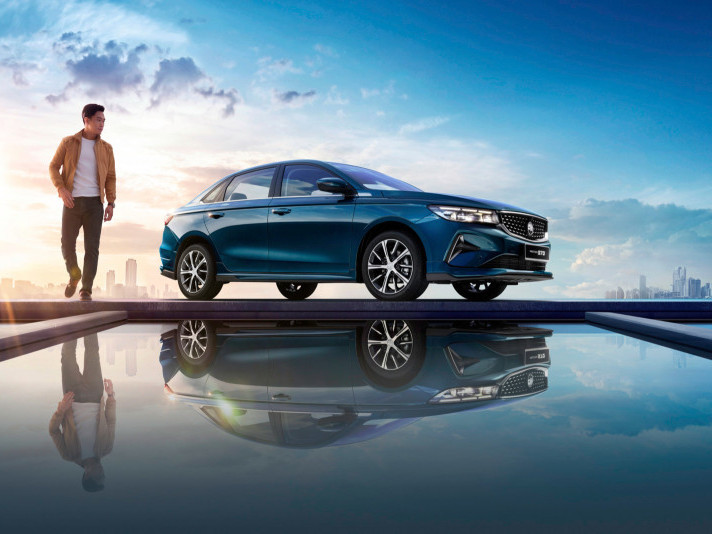
Proton S70 Interior Revealed: More Advanced Technology Features
MichaelJul 2, 2025
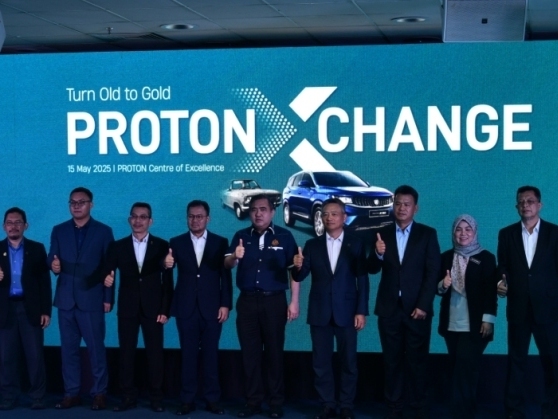
Proton Xchange: Get RM2000 Extra for Your Old Vehicle!
JamesMay 21, 2025
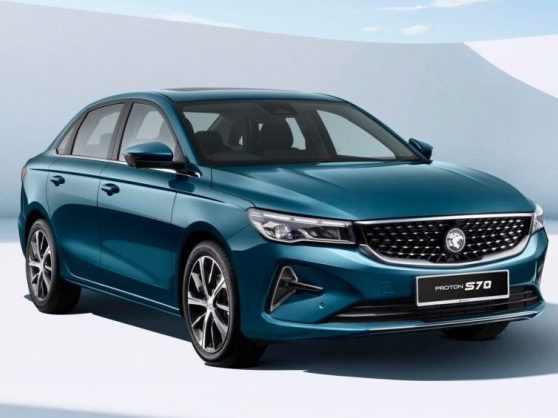
Proton S70 Price Revealed: Complete Buying Guide for Your Best Deal
RobertApr 9, 2025

Proton S70 sales not meeting expectations? But its prototype sells tens of thousands of units every month in China
JamesDec 25, 2024
View More




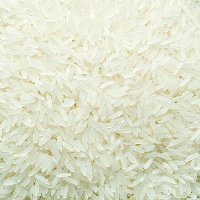





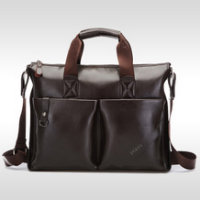
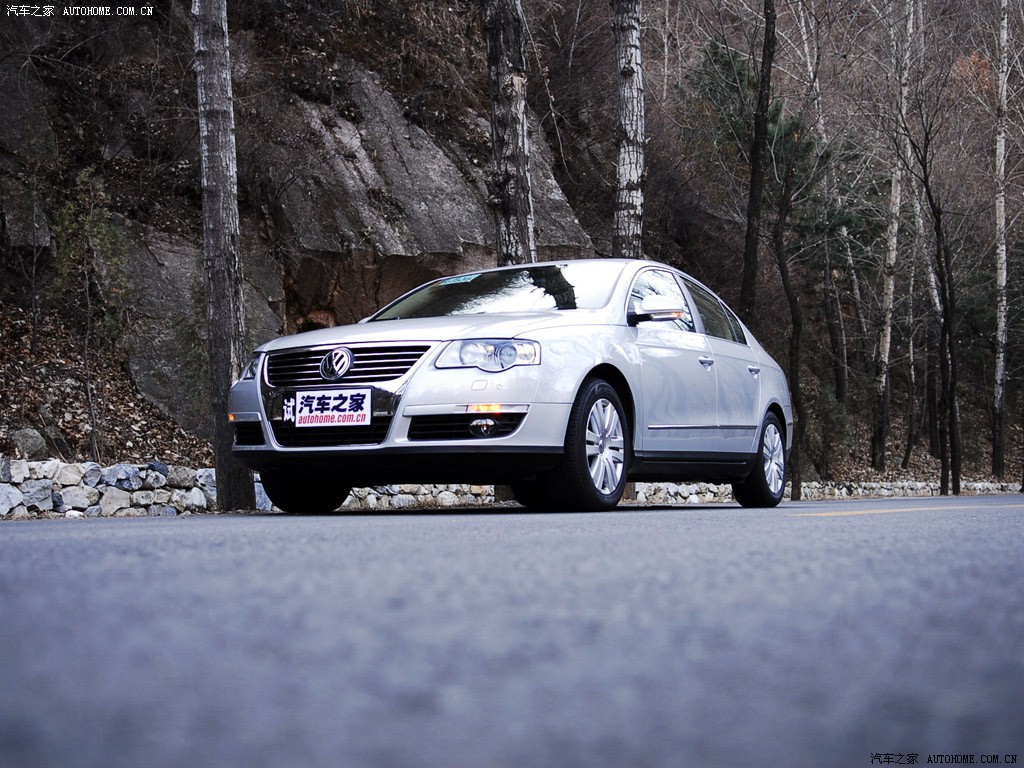
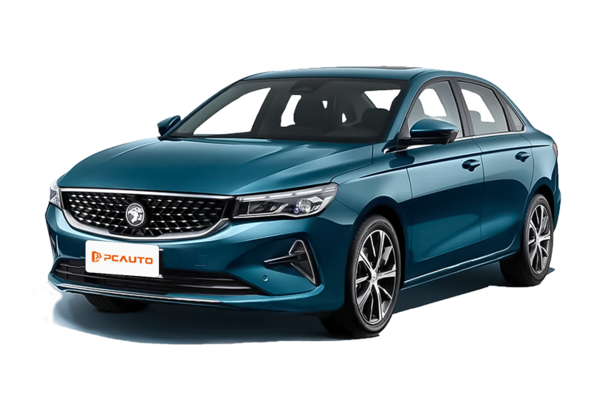





Pros
Cons